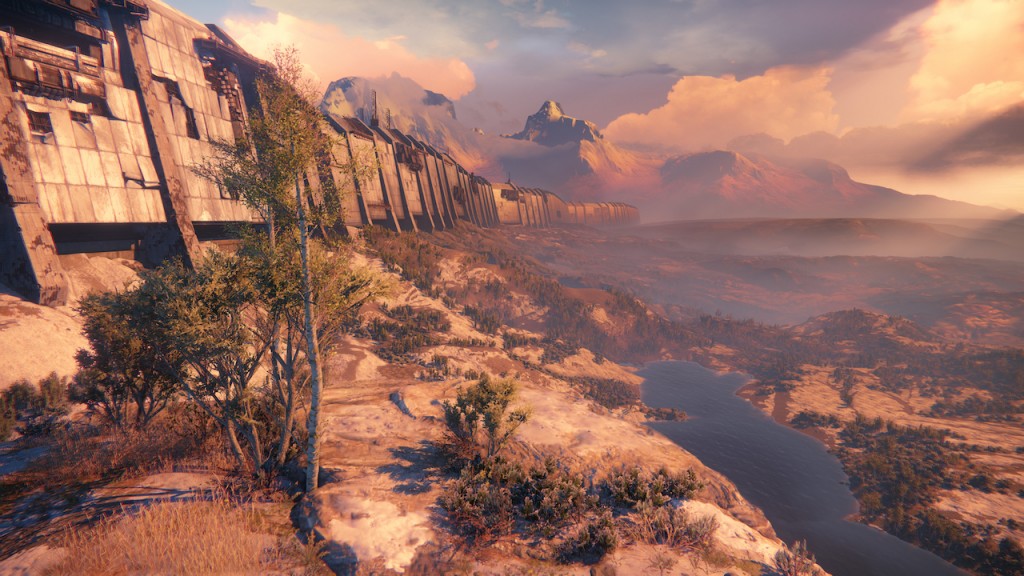We recently got a chance to speak to Kevin Meredith who is the Director of Business Development, Interactive Data Visualization (IDV), the folks behind SpeedTree.
SpeedTree specializes in creating vegetation in video games and movies, with their technology being used in upcoming games like Destiny (pictured above). One of the features that the SpeedTree SDK supports is wind simulation. We asked Meredith the challenges behind creating such a complicated simulation to which he replied:
“The toughest part of simulating wind in game environments is getting good behavior with a very small amount of CPU/GPU time. It’s always a balancing act between quality and performance. We provide low and high fidelity options and are constantly updating the algorithms to take advantage of new hardware and platforms.”
Given the fact that SpeedTree was also used in big blockbuster movies, we asked Meredith the differences between creating vegetation for movies and games.
“Games and Movies share many of the same production tools, so there is a good deal of overlap. That being said, game integrations revolve around being fast. It has to load fast, render fast, detect collisions fast, simulate wind fast, etc. These are the primary reasons why our games package has the Compiler and SDK options and our movie packages do not. Game level models reflect this as well by generally having much lower triangle counts and smooth LOD transitions.”
“Visual effects and animation integrations are all about pipeline flexibility. Vegetation models often get passed from tool to tool to handle things like texture painting, detail sculpting, and render setup. Then they are rendered by a wide variety of applications, each with their own particular methods for handling materials and animation. Movie level models typically contain millions of triangles reflecting the fact that model fidelity is more important than rendering efficiency in these situations,” he explained.
Stay tuned for our full interview with IDV on SpeedTree and let us know your thoughts on the potential that SpeedTree holds in video games.














